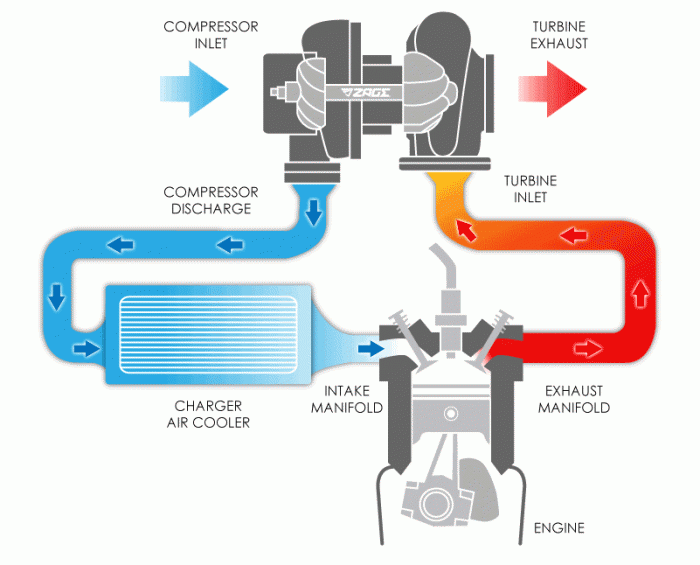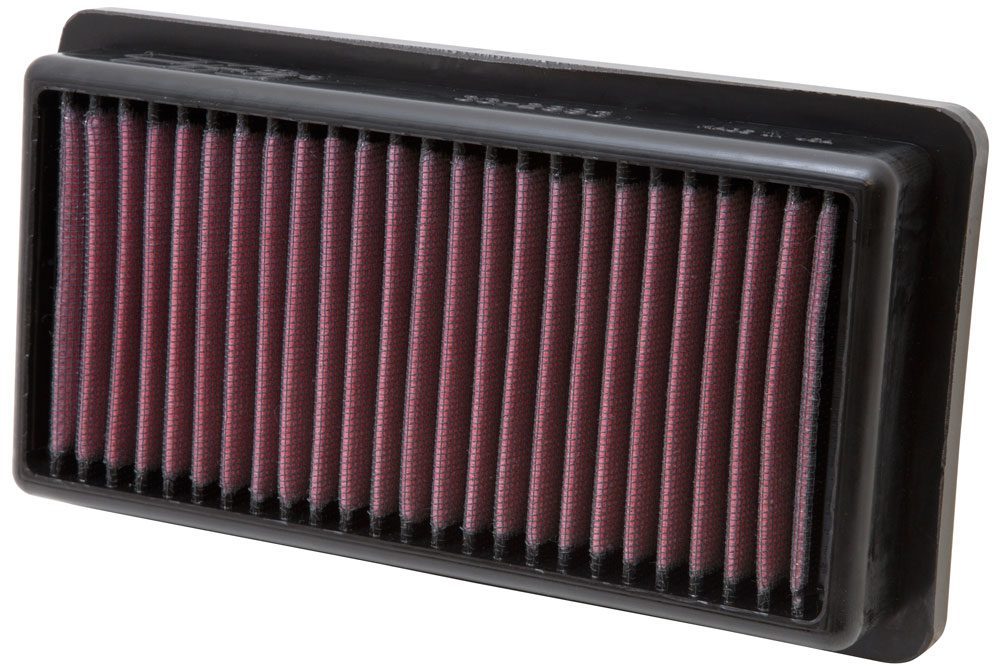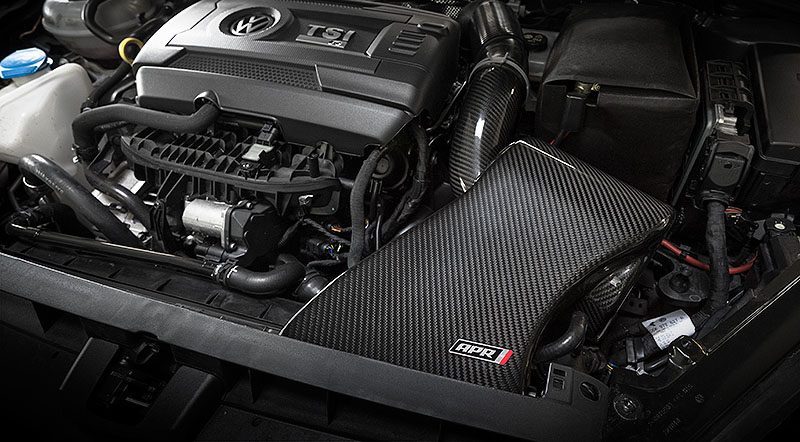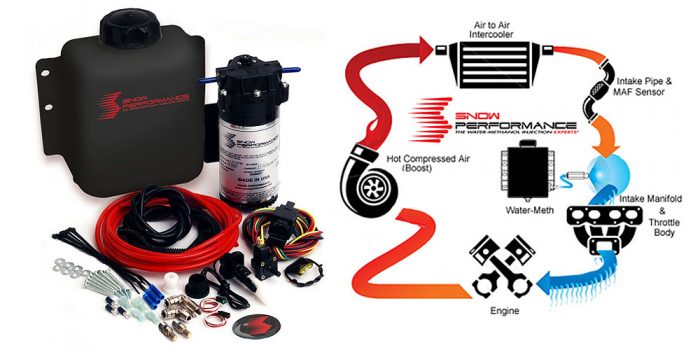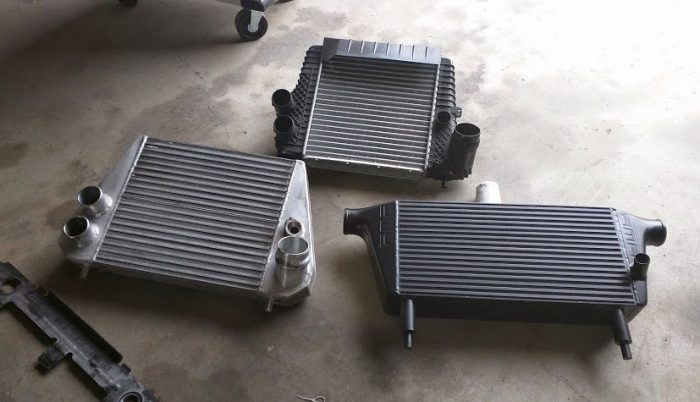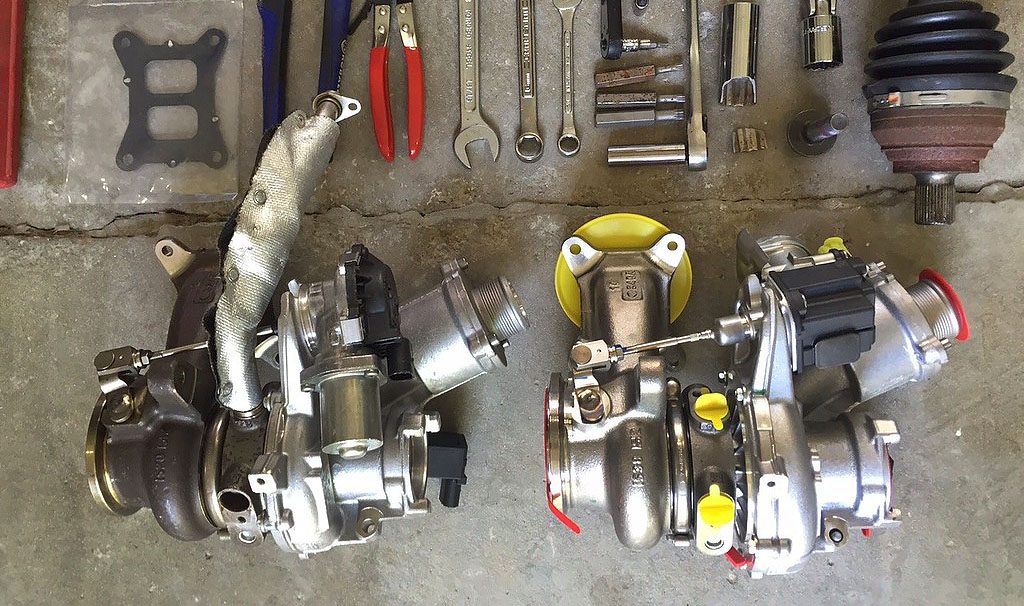Turbo cars rule the road these days, especially now with factory 1.6L and 2L 4 cylinder engines pushing reliable 200whp and even in excess of 350whp via a quick ecu reflash or piggyback chip. The term turbo lag is almost extinct these days as engine management continues to advance. But there’s one aspect that perpetually haunt forced fed engines, IAT – Intake Air Temperature
In tuned cars, especially for people running on base mods such as intake, exhaust and ECU flash / piggyback stand to feel the biggest difference in power. While it’s incredibly satisfying to extract 20-30whp easily from a stock car, the resulting effects of increased Intake Air Temperature will attempt to suppress the engine’s full potential. This means, peak power tapers off as the revs climb.
IAT is the reason why turbo cars feel a difference in power between driving at night or day, where the cool, dense air of the night provides greater surge of power for longer but significantly less in the day.
Turbocharger Basics
- Turbochargers are like air pumps, it uses kinetic energy to blow air.
- Its double snail shape integrate air chambers and turbine wheels on either side.
- It is powered by exhaust gas, fed through the exhaust manifold, which spins the turbine and in turn spools the compressor wheel to create boost.
- This resulting boost is like a surge of oxygen molecules entering the combustion chamber.
Turbocharger Temperament
- Temperature is everything. As Air temp increases, Air Density decreases which means less oxygen for combustion, which means less power.
- If surrounding air temperature increases, a turbocharger is expected to work harder to make more boost in order to achieve intended power figures.
- While a turbocharger compresses this hot intake air, it is naturally generating and compounding more heat.
- If air temperature continue to rise as the turbocharger’s maximum capacity is reached, it can no longer generate additional boost to compensate, therefore resulting in loss of power.
- The factory intercooler cools this charged air before it enters the combustion chamber. Depending on size and efficiency, hot air eventually compounds here.
- This increase in intake air temperature will cause engine management to reduce timing to prevent engine knock, thus further resulting in power loss.
Ways to Combat High Intake Air Temperatures
Wether your car is chipped or not, you’d want the most out of your turbocharged engine. Any reduction in Intake Air Temperature will enable the engine to create more power, and for longer. Here are some ways to do just that, ordered by accessibility and level of engine tune.
Pump better Fuel
This doesn’t change IAT at all, but higher octane petrol lowers the potential for engine knock, thus enabling the engine to make optimum power for longer with the given intake air temperature.
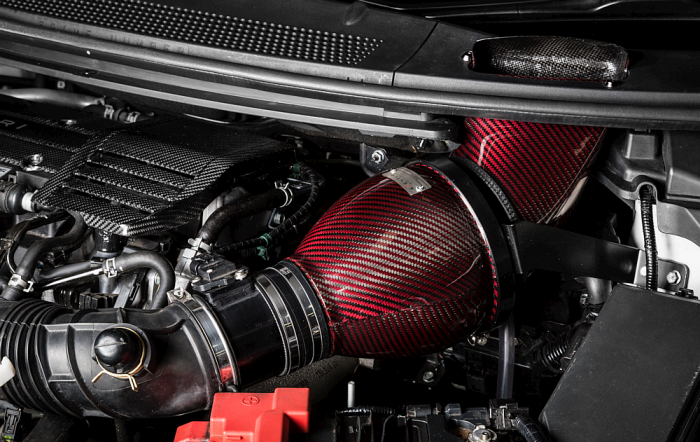
Cold Air Intake
Piping fresh ambient air from the outside, rather than from the engine bay helps supply cooler base air prior to entering the turbocharger. If your car isn’t already piping air from the outside, you should explore this.
Use a well flowing air filter
Almost similar to the above, the easier it is to feed air, the happier the turbocharger will be. Inefficient air filters reduce suction therefore wasting potential for power.
Bigger Air Intake
A larger intake simply means a greater supply of available air to help the turbocharger suck better. Bigger is better so anything from larger plumbing to bigger air boxes can be explored.
Get Water / Methanol Injection
When you’ve literally maxed out your existing factory or full blown setup, you can now look at augmenting the intake air itself. By injecting mists of water + meth solution into the intake air stream, be it pre or post turbo or both, you retain denser, cooler air for greater combustion thus better power for longer.
Replace that Intercooler
A larger, more efficient intercooler simply means greater intake air cooling ability to retain decent IATs. Higher intercooler capacity also mean it can continue to exchange heat for longer, as opposed to a smaller unit that will arrive maximum cooling capacity quicker.
Invest in a bigger Turbocharger
Bigger, more advanced turbochargers will ensure greater flow of air in any condition, while the higher efficiency means you get more power without requiring the turbocharger to work overtime, which means less heat.


